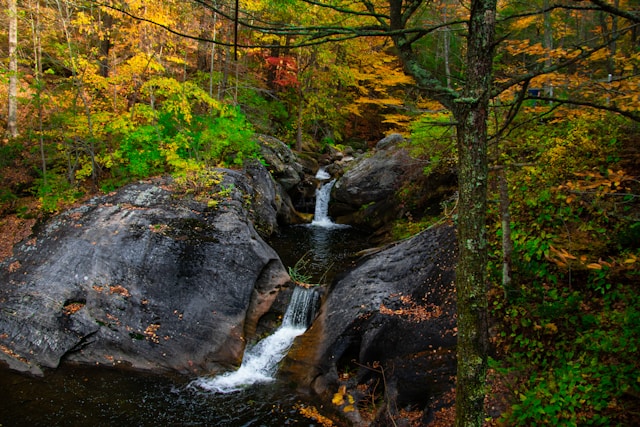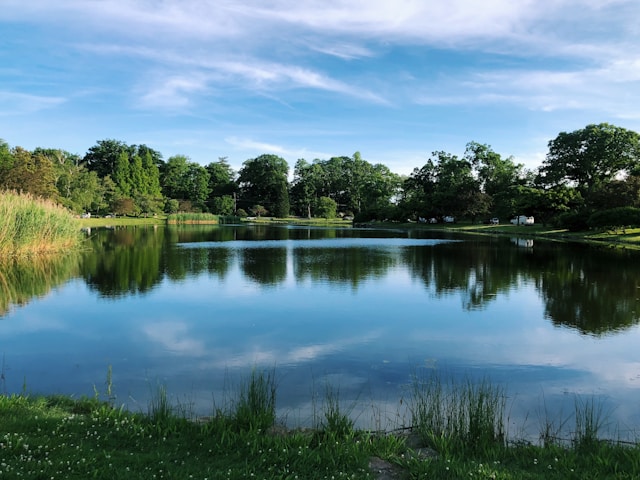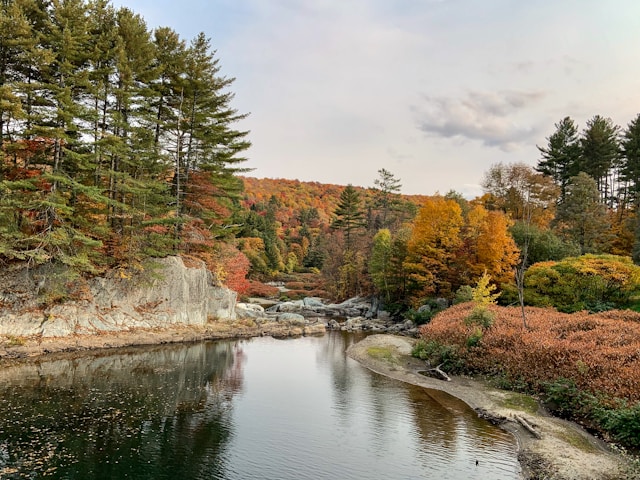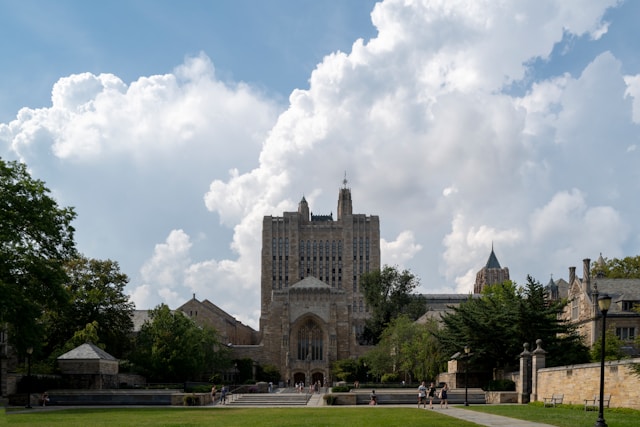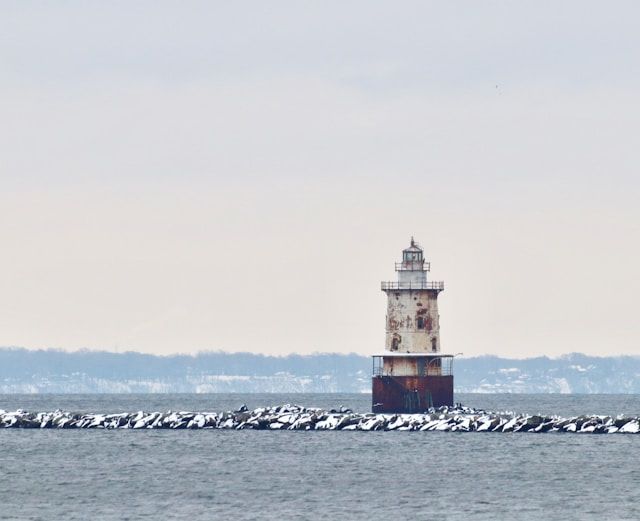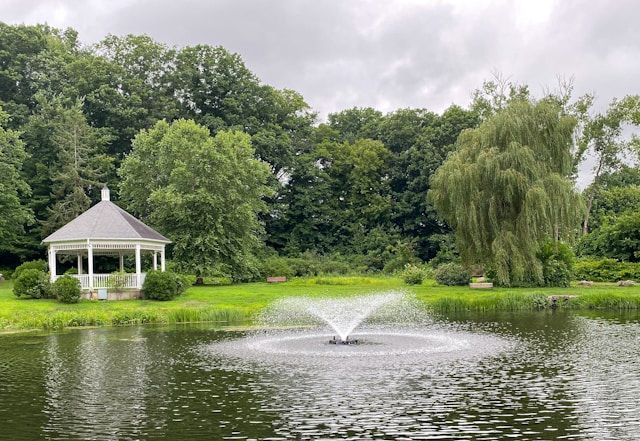Lake Alexander is a hidden gem nestled in the town of Killingly, Connecticut. This beautiful body of water spans about a mile in length and half a mile in width, offering visitors a peaceful retreat from busy city life. Alexander Lake covers 215 acres with sandy bottoms, an average depth of 25 feet, and reaches a maximum depth of 51 feet, making it perfect for various water activities.
When you visit Alexander Lake, you’ll find a welcoming community and stunning natural surroundings. The lake was known to local Native Americans long before modern settlement, giving it a rich historical significance. Today, the shoreline features lakefront homes, with typically around 10 properties for sale at any given time, making it a desirable location for those seeking waterfront living.
Find available hotels and vacation homes instantly. No fees, best rates guaranteed!
Check Availability Now
Alexander Lake
Alexander Lake is a beautiful body of water located in Killingly, Connecticut. This serene lake offers visitors a peaceful retreat from busy life with its calm waters and natural surroundings. You’ll find it’s a perfect spot for outdoor recreation throughout the year.
The lake is popular among locals for fishing, boating, and swimming during warmer months. You can catch various fish species here, making it a favorite destination for anglers. Many residents have homes along the shoreline, creating a small lake community.
When you visit Alexander Lake, you’ll appreciate the tranquil atmosphere and scenic views. The surrounding trees and natural landscape provide a picturesque setting for outdoor activities. You might spot wildlife around the lake, including various bird species that call this area home.
The lake’s clean waters and accessible location make it one of Connecticut’s hidden gems. You can easily spend a day here enjoying nature and water activities without traveling far from major cities in the region.
Rating: 4.5 (31 reviews)
Location: Killingly, CT 06241
History and Formation of Lake Alexander
Lake Alexander in Connecticut has a rich history dating back to the early 18th century. This beautiful lake became part of the local identity long before it developed into the recreational destination we know today.
Geological Origins
Lake Alexander features a sandy bottom and reaches depths of up to 51 feet, with an average depth of about 25 feet. The lake spans approximately 215 acres of surface area, making it a sizable body of water in eastern Connecticut.
While specific geological formation details aren’t mentioned in the search results, many Connecticut lakes formed during the last ice age when glaciers carved depressions that later filled with water as the ice retreated.
The lake’s natural features have remained largely unchanged over centuries, with its clear waters and natural shoreline continuing to define its character.
Cultural and Historical Significance
The lake derives its name from Nell Alexander, a settler who arrived in Killingly in 1720 and became the proprietor of a large portion of the town. This connection to early colonial settlement gives the lake significant historical importance in Connecticut’s development.
By the late 19th century, the lake had become a recreational destination. On May 19, 1886, the steamer “River Queen” arrived at Alexander’s Lake. This impressive vessel measured 50 feet long and 14 feet wide.
The lake’s popularity soared when Wildwood Park was developed at Alexander’s Lake by the Connecticut Electric Railway in 1903. This development transformed the area into a beloved attraction for locals and visitors alike.
Biodiversity and Ecosystem
Alexander Lake in Connecticut offers a rich and diverse ecosystem that supports various plant and animal species. The lake’s sandy bottom and varied shoreline create ideal habitats for many aquatic organisms.
Flora and Fauna
The lake boasts impressive biodiversity both in and around its waters. Fish species include Chain Pickerel and Kokanee Salmon, making it a popular spot for fishing enthusiasts. These fish thrive in the lake’s clean waters that reach a maximum depth of 51 feet.
You’ll also spot various waterfowl and birds along the shoreline, especially during migration seasons. The lake’s edges support aquatic plants that provide crucial habitat for smaller organisms.
The surrounding woodland areas add to the ecosystem diversity, creating transition zones where different species thrive.
Conservation Efforts
Connecticut has focused on protecting lakes like Alexander from common threats such as nutrient enrichment and acidification from acid rain. These protection efforts help preserve the lake’s natural beauty and ecological balance.
Water quality monitoring happens regularly, with data collection dating back to 1989. The USGS Connecticut Water Science Center maintains a monitoring station (USGS-01125728) to track water conditions.
Local conservation groups organize shoreline cleanups and invasive species removal events you can join. These community efforts help preserve the lake’s biodiversity for future generations.
Public education initiatives teach visitors about responsible recreation to minimize human impact on the lake ecosystem. You’ll find informational signs around popular access points explaining how to enjoy the lake while protecting its natural values.
Find available hotels and vacation homes instantly. No fees, best rates guaranteed!
Check Availability Now


